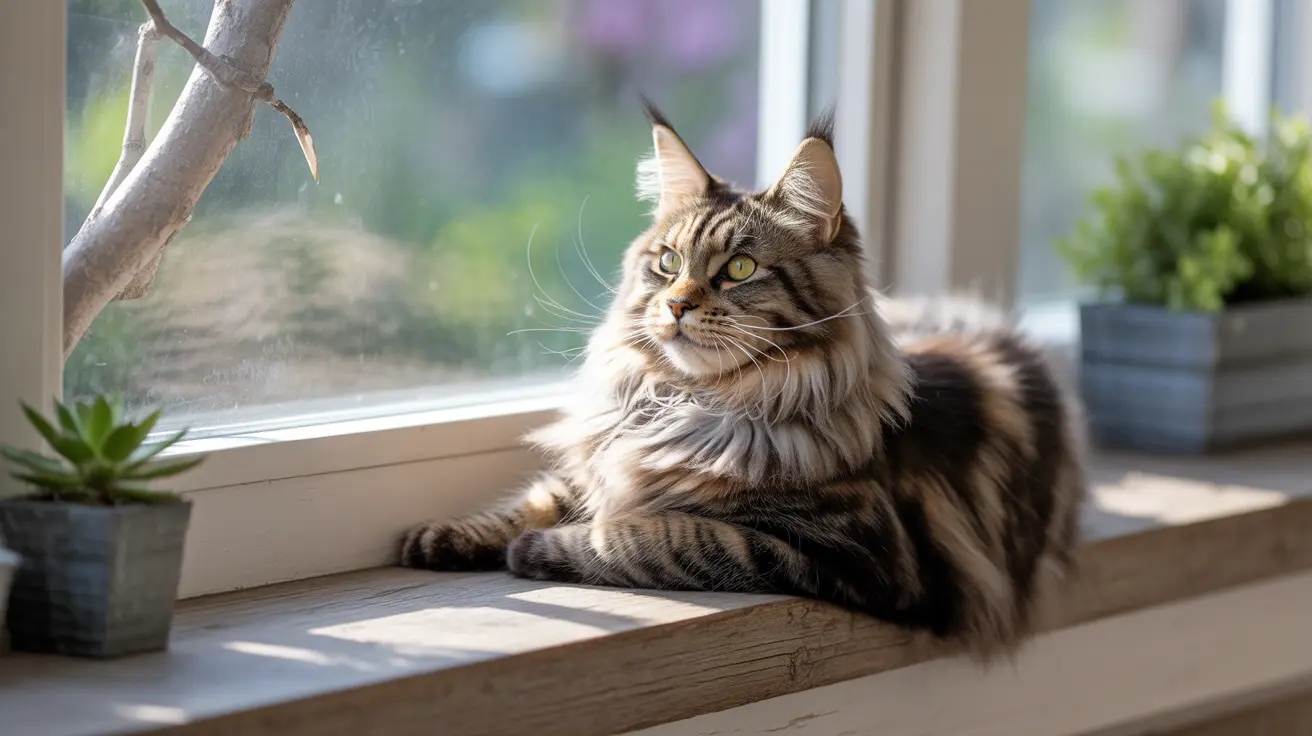What Makes a Cat a Tabby?
If you've ever wondered "what breed is my tabby cat," it's important to first understand that tabby isn't actually a breed at all. Rather, it's a distinctive coat pattern that can appear in many different cat breeds, from common domestic shorthairs to prestigious pedigreed cats.
The tabby pattern is characterized by distinctive stripes, spots, or swirls, and nearly all cats carry the tabby gene. The most recognizable feature is the "M" marking on their forehead, which has inspired numerous folkloric tales throughout history.
Common Tabby Patterns and Their Breed Associations
Classic (Blotched) Tabby
This pattern features bold, swirling stripes forming a bulls-eye pattern on the cat's sides. It's commonly seen in:
- British Shorthairs
- Maine Coons
- American Shorthairs
Mackerel Tabby
Known as "tiger stripes," these vertical stripes run parallel down the cat's sides. This pattern is most common in:
- Domestic Shorthairs
- Turkish Angoras
- European Shorthairs
Spotted Tabby
Distinguished by distinct spots rather than stripes, this pattern is characteristic of:
- Bengal cats
- Egyptian Maus
- Ocicats
Ticked Tabby
Each hair has bands of color, creating a salt-and-pepper appearance. This pattern is typical of:
- Abyssinians
- Somalis
- Singapuras
How to Determine Your Tabby's Breed
Physical Characteristics
Look for these key features to help identify your tabby's potential breed:
- Body size and build
- Head shape
- Ear size and position
- Tail length and thickness
- Coat length and texture
Personality Traits
Different breeds often exhibit distinct behavioral characteristics:
- Maine Coons are typically gentle giants
- Bengals tend to be highly active and vocal
- British Shorthairs are often calm and reserved
Professional Assessment
For the most accurate breed identification, consider:
- Consulting with a veterinarian
- DNA testing
- Professional cat breed evaluators
Frequently Asked Questions
What exactly does "tabby" mean when describing my cat—is it a breed or just a coat pattern?
Tabby is strictly a coat pattern, not a breed. It's characterized by distinctive stripes, spots, or swirls, and can appear in many different cat breeds. The pattern is created by the agouti gene, which produces banded fur coloring.
How can I identify the breed of my tabby cat based on its physical traits and personality?
Look at your cat's overall size, body shape, facial features, and coat length. Consider personality traits like vocalization, activity level, and social behavior. These characteristics together can suggest possible breed influences, though many tabby cats are mixed-breed domestic shorthairs.
Are there specific tabby patterns linked to certain cat breeds, like spotted or ticked tabbies?
Yes, certain tabby patterns are more common in specific breeds. For example, spotted patterns are typical in Bengals and Egyptian Maus, while ticked patterns are characteristic of Abyssinians. Classic tabby patterns are often seen in Maine Coons and British Shorthairs.
Can a DNA test reliably tell me what breed my tabby cat is?
Yes, cat DNA tests can provide reliable information about breed ancestry. These tests analyze genetic markers to identify breed-specific traits and can determine if your tabby has any pedigreed cat breeds in their family tree.
Which cat breeds commonly have tabby coat patterns and how do they differ?
Many breeds can display tabby patterns, including Maine Coons, Bengals, American Shorthairs, and British Shorthairs. The patterns differ in their arrangement (stripes, spots, or swirls) and how prominently they appear against the base coat color.
Conclusion
While identifying your tabby cat's specific breed can be challenging, understanding the relationship between tabby patterns and various breeds can provide valuable insights into your feline friend's background. Whether your tabby is a pedigreed cat or a beloved mixed-breed, their unique pattern is part of what makes them special.
Remember that most tabby cats are domestic shorthairs or mixed breeds, and this doesn't make them any less wonderful as companions. If you're particularly curious about your cat's genetic background, consider professional consultation or DNA testing for the most accurate determination.






